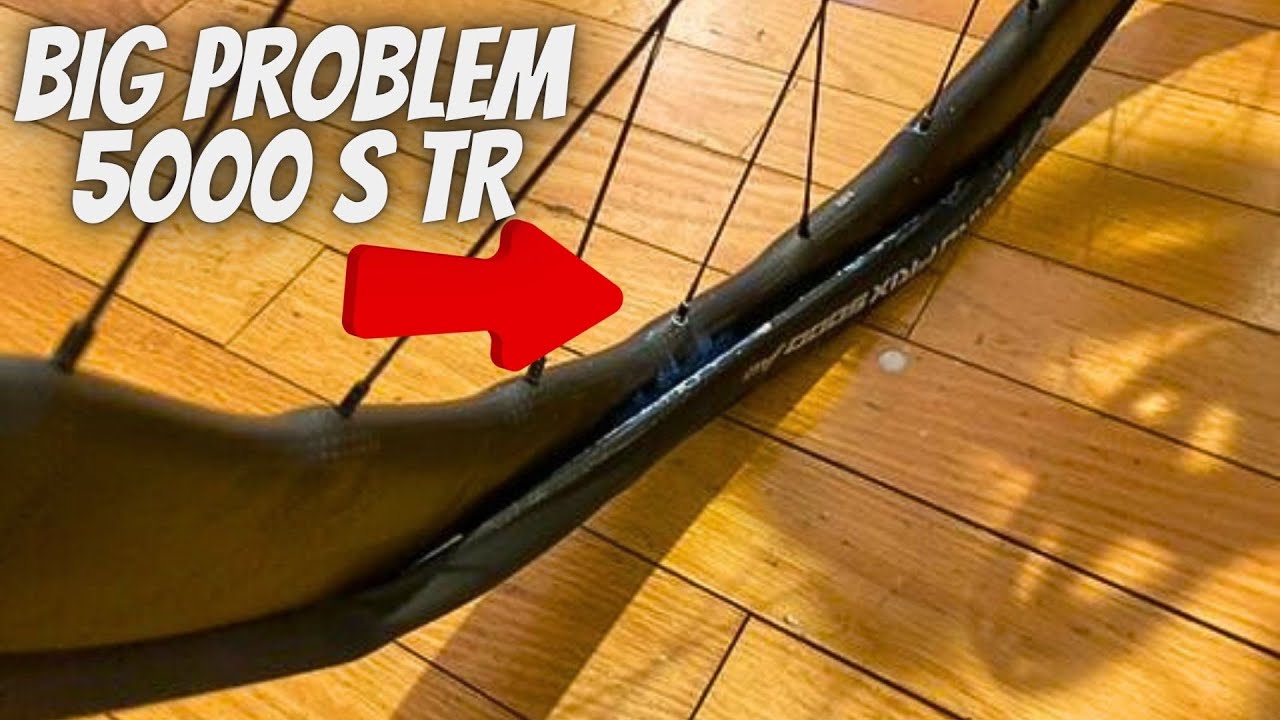CONTINENTAL TIRES NOT COMPATIBLE WITH HOOKLESS WHEELS?!? with GC Performance
Source: GC Performance Youtube Channel: CONTINENTAL TIRES NOT COMPATIBLE WITH HOOKLESS WHEELS?!?
Video CONTINENTAL TIRES NOT COMPATIBLE WITH HOOKLESS WHEELS?!? with GC Performance
Video CONTINENTAL TIRES NOT COMPATIBLE WITH HOOKLESS WHEELS?!? with GC Performance YouTube Channel.
CONTINENTAL TIRES NOT COMPATIBLE WITH HOOKLESS WHEELS?!?
The Controversy Surrounding Hookless Tires: A Deep Dive
In the world of cycling, innovation often drives progress. From carbon fiber frames to electronic shifting, the industry is constantly evolving to meet the demands of cyclists. One of the more recent innovations in cycling technology is the development of hookless tires. These are tires that don’t require a traditional hooked rim to hold the tire in place.
In a recent YouTube video, the issue of hookless tires was brought to the forefront. The video discussed the controversy surrounding hookless tires, specifically those manufactured by Continental tires. The contention arose when a new company launched hookless wheels and declared their incompatibility with Continental tires. This raised questions about the safety and reliability of hookless tires and their compatibility with popular tire brands.
This article aims to shed light on the hookless tire debate, exploring the pros and cons of this technology, the issues surrounding tire compatibility, and the potential safety concerns for cyclists.
Understanding Hookless Tires: The Pros and Cons
The concept of hookless tires has gained traction in the cycling industry due to their potential for increased aerodynamics, reduced weight, and improved ride quality. Without the traditional hooked rim, hookless tires can offer a smoother transition from tire to rim, creating a more aerodynamic profile. Additionally, the absence of the hook can lead to weight savings, making the wheels lighter and potentially improving overall bike performance.
However, the transition to hookless tires has raised concerns about compatibility and safety. Some cyclists argue that the lack of a traditional hook can lead to issues with tire retention, potentially causing blowouts and safety hazards. This debate has been further fueled by contradictory compatibility charts released by different wheel manufacturers, leaving consumers in a state of confusion regarding which tires are safe to use with hookless wheels.
The Continental Tires Controversy: An In-Depth Analysis
The controversy surrounding Continental tires and their compatibility with hookless wheels has brought to light the complexities and challenges associated with this emerging technology. The release of the new hookless wheels and their incompatibility with Continental tires has sparked a heated discussion within the cycling community. The compatibility charts provided by different manufacturers have only added fuel to the fire, with conflicting information further muddying the waters.
It’s crucial to address not only the immediate compatibility issues but also the broader implications for consumer safety. In the case of hookless tires, the potential for blowouts and safety hazards cannot be understated. The fact that significant discrepancies exist in tire compatibility across different manufacturers raises concerns about the industry’s standards and regulations.
The Role of Regulatory Organizations and Industry Standards
The involvement of regulatory organizations such as ETRTO (European Tyre and Rim Technical Organization) in setting standards for tire and rim compatibility is essential. They play a crucial role in ensuring that products adhere to safety standards and offer guidance to manufacturers on tire compatibility. However, the conflicting interpretations of compatibility shown in the compatibility charts create a confusing landscape for consumers, highlighting the need for greater clarity and consistency in industry standards.
Safety Concerns and Consumer Awareness
The fundamental issue at the heart of this controversy is the potential safety hazards associated with hookless tires. Blowouts and tire retention issues pose significant risks to cyclists, especially during high-speed descents and sharp turns. Consumer awareness and education around tire compatibility, installation, and maintenance are vital in mitigating these risks. Manufacturers and retailers have a responsibility to provide clear and comprehensive guidance to consumers, ensuring they make informed decisions about tire and wheel compatibility.
Is Change Needed in the Cycling Industry?
The emergence of hookless tires has sparked a broader conversation about industry standards, consumer safety, and the need for clear, consistent information regarding product compatibility. The conflicting compatibility charts and the controversies surrounding tire and wheel combinations raise questions about the adequacy of existing standards in addressing the complexities of new technologies.
As the cycling industry continues to evolve, the demand for innovative products will persist. However, with innovation comes the responsibility to ensure that products meet stringent safety standards and offer clear guidance to consumers. The need for industry-wide regulations and comprehensive consumer education has never been more evident, particularly in the case of hookless tires and their compatibility with traditional wheel designs.
Conclusion: Navigating the Hookless Tire Landscape
The controversy surrounding hookless tires and their compatibility with traditional wheel designs has brought to light critical issues within the cycling industry. While the innovation behind hookless tires shows promise in terms of performance and aerodynamics, the significant concerns around compatibility, safety, and regulatory oversight cannot be overlooked.
Moving forward, the industry must address the discrepancies in tire compatibility and provide clearer guidelines for consumers. Regulatory organizations have an essential role to play in setting consistent standards, while manufacturers and retailers must prioritize consumer education and safety.
As cyclists, it’s crucial to advocate for transparent information, comprehensive guidelines, and stringent safety standards in the cycling industry. By doing so, we can encourage responsible innovation that prioritizes the safety and well-being of cyclists worldwide.
The opinions expressed in this space are the sole responsibility of the YouTube Channel GC Performance and do not necessarily represent the views of CicloNews.










